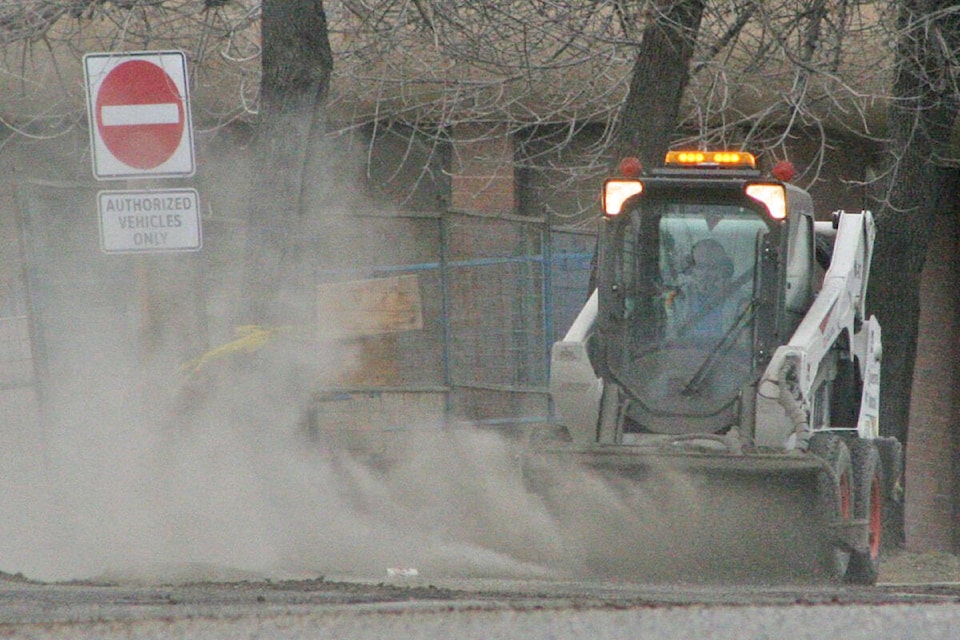The Dust Advisory for Vanderhoof, initially issued on March 14, 2024, remains in effect due to high concentrations of coarse particulate matter in the area.
The advisory, issued by the provincial environment ministry and Northern Health, estimates elevated levels to continue until there is precipitation, dust suppression measures, or a change in traffic patterns.
The primary sources of these particles are identified as road dust from winter traction material emission and industrial operations, particularly along busy roads.
The advisory is triggered by high concentrations of PM10, or particles 10 micrometers or smaller in diameter.
The current dusty conditions are attributed to road traffic stirring up winter traction materials accumulated on roadways during the winter season.
The provincial air quality objective for PM10 is 50 micrograms per cubic meter (µg/m³), averaged over 24 hours. As of March 19, the 24-hour average PM10 concentrations for Vanderhoof is 109 µg/m3, Burns Lake 158.3 µg/m3, Houston 60.8 µg/m3 and Prince George 71.3 µg/m3.
The advisory is ongoing until further notice and emphasizes particular concern for individuals vulnerable to respiratory issues and chronic conditions such as asthma, COPD, heart disease, diabetes, as well as respiratory infections including COVID-19. Pregnant women, infants, older adults, and those with underlying medical conditions or acute infections are urged to limit strenuous outdoor activities. It’s advised to maintain physical distancing where applicable. Symptoms such as eye or throat irritation, chest discomfort, shortness of breath, cough, or wheezing should be promptly addressed by healthcare providers.
Staying indoors is recommended to reduce exposure to particulate matter. Real-time air quality observations and health information are available at the provided government website. Individuals experiencing symptoms related to dust exposure are advised to seek medical advice promptly.
